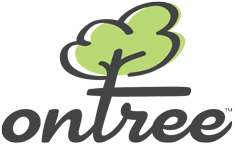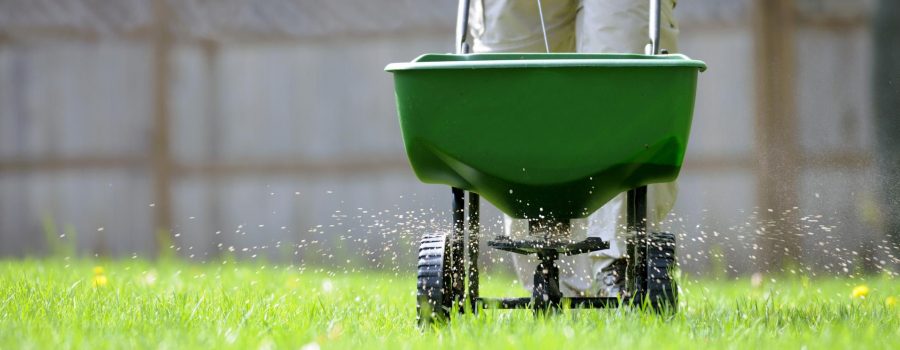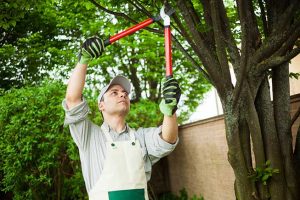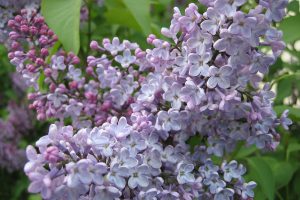Frequently asked questions about tree fertilizing and aerating
Fertilizing brings to mind farmers spreading manure on their fields, but trees and shrubs in urban areas also often require help with getting all their food requirements met. Soils in urban areas are often poor, having been scraped away during construction. The usual build-up of leaf litter that is common in forests and adds nutrients to the soil can be largely missing in urban areas.
Our most commonly applied fertilizer has a high percentage of nitrogen and is applied in spring, early summer or fall. This fertilizer is ‘slow release’ and will be available to the tree for two full years. Alternatively, a tree may require a prescription fertilizer to respond to a specific mineral deficiency. In either case, fertilizer is applied in the same manner: the fertilizer is added to water in a mix tank and applied under pressure through a fertilizing probe directly to a tree’s root zone.
I fertilize my grass. Do I also need to fertilize my trees?
Yes. First, grass fertilizers contain low amounts of nitrogen that are insufficient for a tree’s needs. Second, grass fertilizers are generally not available to tree roots. Grass roots are found in the top 2-4” of soil, whereas a tree’s absorbing roots are deeper in the soil, usually in the 4-12” range. By using a fertilizer probe, we can apply fertilizer directly to a tree’s root zone.
I had my trees fertilized last year. Should I fertilize again this year?
Not if the fertilizer is slow release. This type of fertilizer will last for two years. Ontree uses slow release fertilizer.
I use fertilizer spikes. Are these good for my trees?
While many garden centres recommend fertilizer spikes for trees, we do not. Fertilizer spikes pose the same problems for trees as do grass fertilizers: insufficient nitrogen levels and inability to reach a tree’s root zone. Additionally, if not sufficiently watered fertilizer spikes can damage grass and other plants.
Are fertilizers toxic?
The fertilizers used by Ontree are manufactured by Plant Products and when applied by our trained staff, are not toxic to humans, animals or plants. Once applied, it is safe for people or pets to be in the fertilized area.






Leave a Reply
Your email is safe with us.